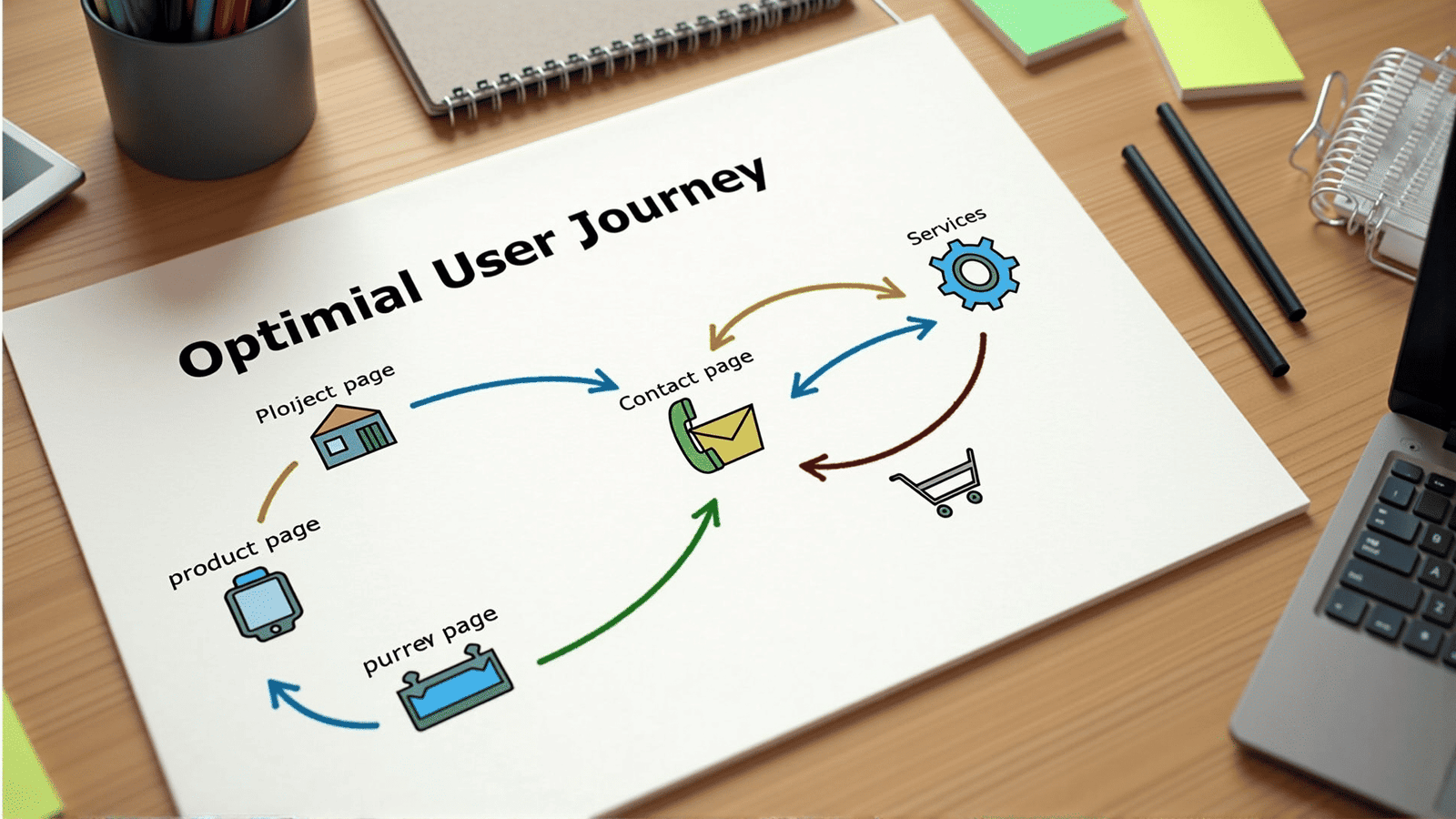In the digital age, the performance of a website isn't just measured by its aesthetics or the functionality of its individual components. Rather, it's assessed by how intuitively users can move from one point to another, achieving their goals with minimal friction. Crafting the perfect user journey is an art that requires a deep understanding of user needs, behavior, and expectations.
Understanding Your Audience
Before you begin crafting a user journey, it's essential to understand who your users are. This involves segmenting your audience into different personas based on demographics, behavior, and goals. Conduct surveys, interviews, and analyze web analytics to gain insights into what users are looking for when they visit your site.
Mapping Out User Goals
Each user visiting your website comes with specific goals. Whether they're looking to make a purchase, learn more about a service, or simply explore content, outlining these goals is crucial. Map out these goals and visualize the typical paths users might take to achieve them. This will highlight potential pain points or areas where users may drop off.
Designing with Simplicity and Clarity
A seamless user journey hinges on a design that's both simple and clear. Keep navigation menus intuitive, avoiding an overload of options that can confuse users. Incorporate clear calls to action (CTAs) that guide users towards their next step. Ensure that pages are not cluttered, and that important information stands out to capture attention without overwhelming the senses.
Leveraging Technology
Modern web technologies offer tools that can significantly enhance the user journey. Implement responsive designs to ensure the site functions seamlessly across different devices. Utilize AI and machine learning to offer personalized experiences, suggesting content or products based on previous interactions. Moreover, incorporating chatbots can answer user queries in real-time, reducing friction and enhancing user satisfaction.
Testing and Iteration
User journey design is not a one-and-done process. Regular testing and iteration are key to maintaining optimal performance. Use A/B testing to identify which designs or pathways yield better results. Collect user feedback through surveys or usability testing to gain insights into areas for improvement. An iterative approach allows for the continuous refinement of user paths, adapting to evolving user expectations and technological advancements.
Ensuring Fast Load Times
One of the most significant barriers to a smooth user journey is slow load times. Users have come to expect instantaneous interactions, and delays can lead to increased bounce rates. Optimize images, leverage content delivery networks (CDNs), and minimize server requests to ensure all elements of your site load quickly. This not only enhances the user journey but also contributes to better search engine rankings.
Providing Consistent Experiences
Finally, consistency across all platforms and touchpoints is vital. Whether a user accesses your site on a desktop, tablet, or smartphone, the experience should be coherent and predictable. Consistent branding, messaging, and design elements create a seamless journey regardless of how users interact with your site.
In conclusion, crafting the perfect user journey is an ongoing endeavor that blends art with science. It requires empathy to understand user needs, strategic thinking to map out effective pathways, and technical skills to implement and refine these journeys. By focusing on these elements, businesses can create a user journey that not only meets current expectations but also sets a foundation for future innovation and growth.
